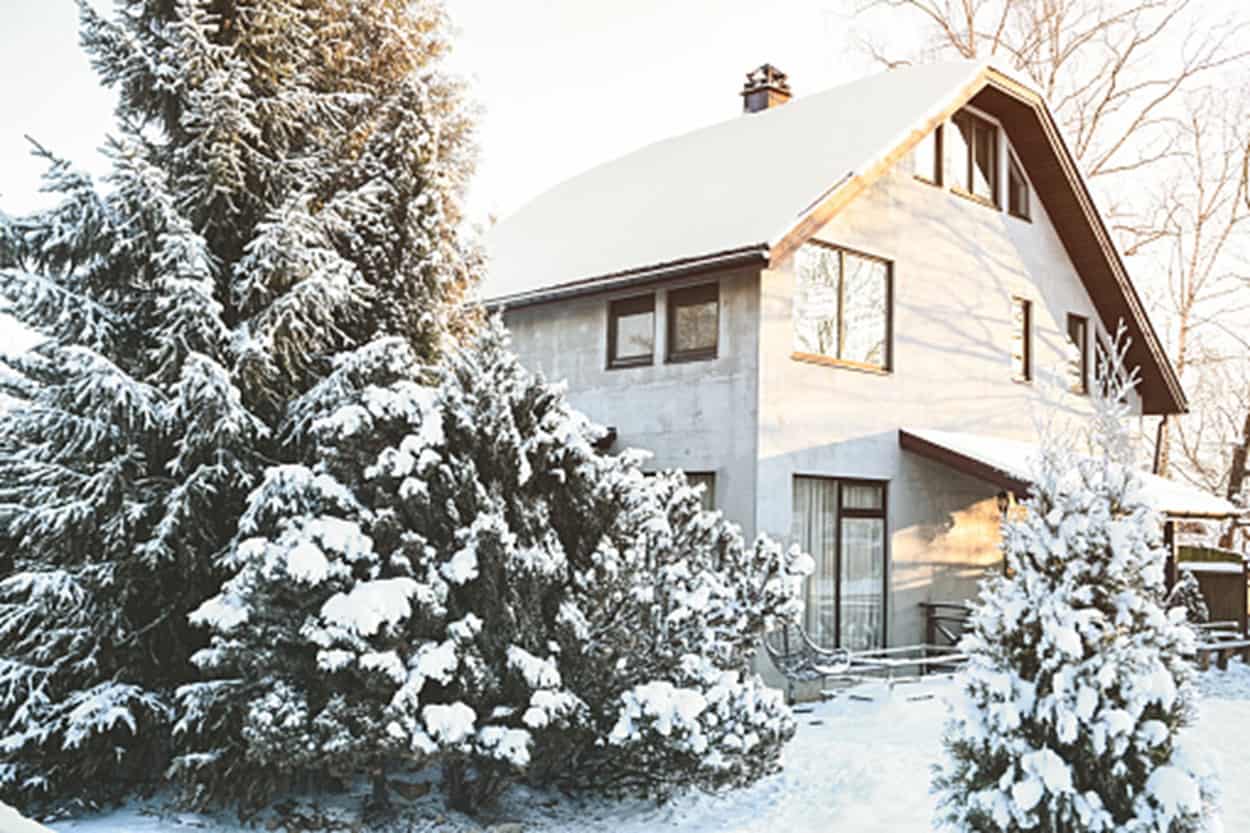Will the Snow on My Trees Harm Them?

Snow can transform any landscape into a winter wonderland, but it’s not always so magical for trees. While snow offers protection against freezing temperatures, it also poses risks that could damage your trees. Understanding the effects of snow on trees, from weight and ice formation to salt damage, is key to keeping your landscape healthy. Let’s explore how snow affects trees and what you can do to protect them this winter.
Weight and Breakage
When snow accumulates on tree branches, especially on large trees, its weight can cause the branches to bend or even break. This is particularly dangerous for trees with weaker or dead branches, as the additional stress from snow can lead to significant damage. Trees with snow on them that aren’t regularly maintained are more vulnerable to these risks.
- Heavy snow can lead to limb breakage.
- Weak branches may collapse under pressure.
- Broken branches may damage your property or the tree’s health.
Ice Formation
Snow can melt and refreeze when temperatures fluctuate, forming ice on tree branches. This adds even more weight to the branches, increasing the risk of breakage. Ice can also hinder the tree’s natural processes, making it harder for the tree to stay healthy through the winter.
- Ice weighs down branches and can cause snapping.
- It disrupts the tree’s ability to shed excess snow.
Salt and Chemical Damage
Road salt and de-icing chemicals used in winter can affect the health of trees, especially those near roads and driveways. As snow melts, these chemicals can be absorbed into the soil, impacting the tree’s roots and overall health. This often leads to stunted growth and damaged foliage.
- Road salt can harm roots and prevent healthy growth.
- Chemical runoff can damage foliage and soil quality.
Benefits of Snow for Trees
Surprisingly, snow can also benefit your trees. A thick layer of snow can insulate the ground, protecting the tree’s roots from freezing temperatures. This insulation can prevent frost damage, which can devastate a tree’s health. Snow also helps retain moisture in the soil, giving your trees the hydration they need during the colder months.
- Snow acts as an insulator, protecting tree roots.
- It helps retain moisture, preventing drought-like conditions.
- The protective layer shields roots from frost damage.
Tips for Protecting Trees from Snow Damage
While snow can offer protection, proactive steps are needed to prevent the potential harm it can bring. Here are some tips to protect your snow-covered trees.
Pruning and Maintenance
Regular tree maintenance, such as pruning, can help prevent snow-related damage. By removing weak or dead branches, you reduce the risk of them breaking under the weight of snow.
- Prune trees in the fall to remove weak branches.
- Focus on thinning dense areas of the tree to reduce snow buildup.
- Regular maintenance keeps trees healthier and more resilient.
Snow Removal Techniques
Gently removing snow from branches can help reduce the weight of the tree. However, this must be done carefully to avoid damaging the branches. Use a broom to lightly brush off snow from the top down. Avoid shaking the tree, as this could cause branches to break.
- Use a soft broom to gently remove snow from branches.
- Avoid aggressive shaking or knocking, which can harm the tree.
- Start from the top and work your way down.
Preventive Measures
Consider wrapping the trunks of younger trees to protect them from both snow and potential damage from snowbanks. Tree wraps can provide an extra layer of protection against snow buildup and ice formation.
- Wrap young tree trunks for added protection.
- Consider using tree covers to protect against snowbanks.
- Protect roots by applying a layer of mulch before the first snowfall.
Snow on tree branches is a natural part of winter, but it can lead to damage if not managed properly. From broken branches due to heavy snow to salt and chemical damage, some risks need to be addressed. Fortunately, with proper maintenance, pruning, and snow removal techniques, you can protect your trees and keep them healthy throughout the winter months. As a homeowner, it’s essential to monitor your trees during the snowy season to prevent potential harm.
Work with the Best
Summit Tree and Roofing is here to help with professional tree care services, offering expert advice and support to keep your trees—and your home—safe this winter. Summit Tree and Roofing offers expert residential tree services, from tree removal and trimming to meticulous roof repair. Our skilled team in Burnsville, MN, is dedicated to enhancing your home’s aesthetics and safety. Trust us to deliver top-notch, customer-focused solutions tailored to your needs. Contact us today for a consultation and experience quality craftsmanship in every service.
